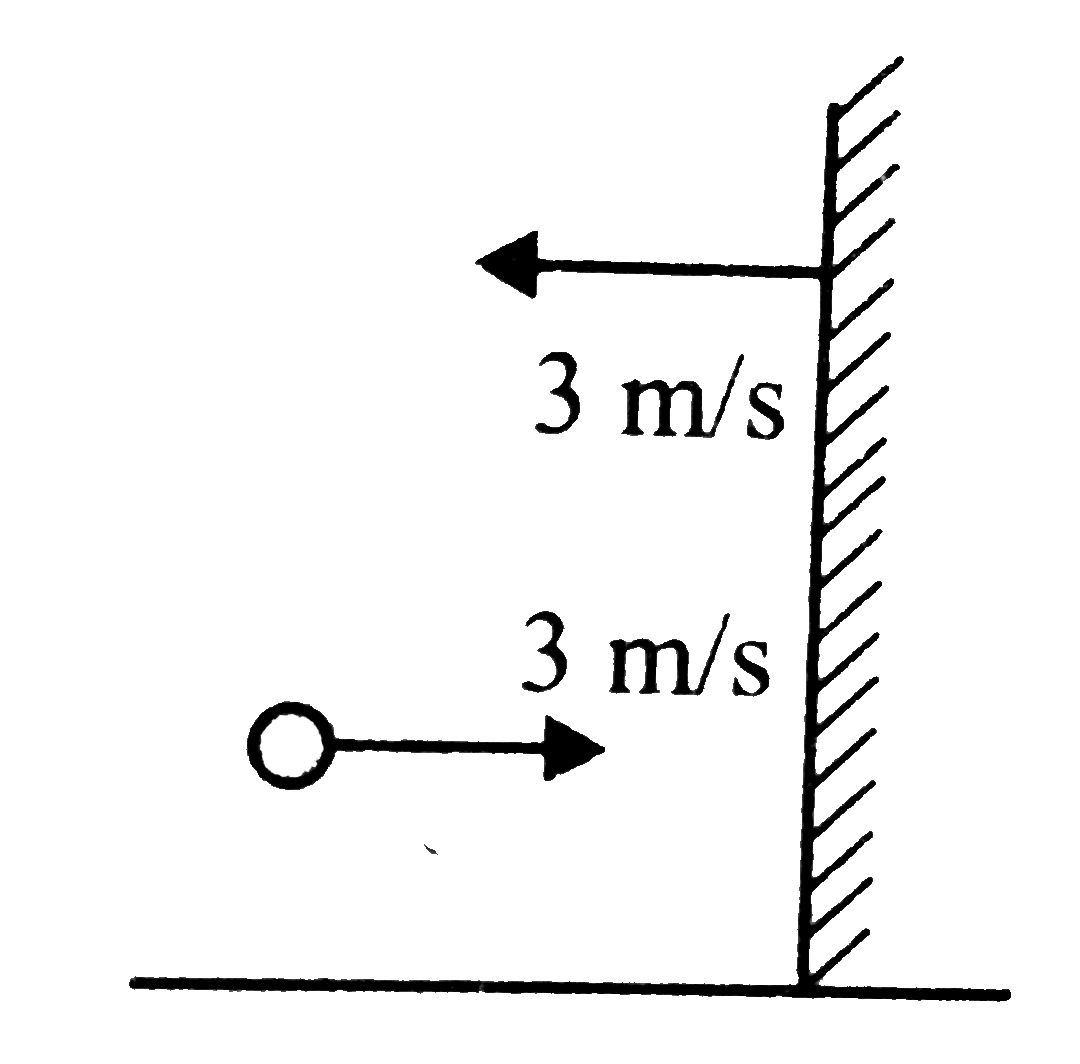A ball moving on a horizontal frictionless plane hits an identical ball at rest with a velocity of 0.5m/s. If the collision is elastic, calculate the speed imparted to the target ball, if the speed of projectile after the collision is 30cm/s. Show that the two balls will move at right angles to eachother, after the collision.
Step by step video solution for A ball moving on a horizontal frictionless plane hits an identical ball at rest with a velocity of 0.5m//s. If the collision is elastic, calculate the speed imparted to the target ball, if the speed of projectile after the collision is 30cm//s. Show that the two balls will move at right angles to eachother, after the collision. by Physics experts to help you in doubts & scoring excellent marks in Class 11 exams.
Updated on:21/07/2023Topper's Solved these Questions
Similar Questions
A ball strikes an identical ball with velocity 50 m/s and after the collision which is perfectly elastic it is found to move with velocity 30 m/s . Show that the two balls move at right angles to each other after collision .
View SolutionA ball of mass m moving with velocity v collides head on elastically with another identical ball moving with velocity - V. After collision
View Solution
Knowledge Check
A ball moving with speed v hits another identical ball at rest. The two balls stick together after collision. If specific heat of the material of the balls is S , the temperature rise resulting from the collision is
Av28sBv24SCv22SDv2SA ball moving with speed v hits another identical ball at rest. The two balls stick together after collision. If specific heat of the material of the balls is S , the temperature rise resulting from the collision is
Av28SBv24SCv22SDv2SA highly elastic ball moving at a speed of 3m/s approaches a wall moving towards it with a speed of 3m/s. After the collision. the speed of the ball will be
 A3m/sB6m/sC9m/sDzero
A3m/sB6m/sC9m/sDzero
A glass ball collides with an identical ball at rest with v0=2 m/sec. If the coefficient of restitution of collision is e = 0.5, find the velocities of the glass balls just after the collision.
View SolutionA ball of mass m makes an elastic collision with another identical ball at rest. Show that if the collision is oblique, the bodies go at right angles to each other after collision.
View SolutionA ball moving with a speed of 9m/s strikes an identical ball at rest, such that after the collision, the direction of each ball makes an angle of 30∘ with the original line of motion. Find the speeds of the two balls after collision.
View SolutionA ball moving with a speed of 9ms−1 strikes an identical ball such that after the collision the direction of each ball makes and angle 30∘ with the original line of motion. Find the speeds of the two balls after the collision.
View SolutionA ball moving with a speed of 10 m s−1 strikes an identical ball such that after the collision the direction of each ball makes an angle 45∘ with the original line of motion. Find the speeds of the two balls after the collision.
View Solution
